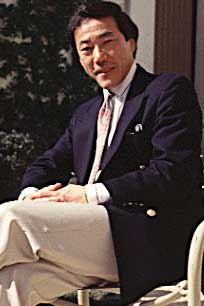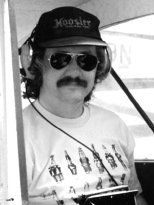

Beginning in 1991, he continued his examinations of portraiture through productions of silk tapestries and, since 2003, has furthered this investigation, producing editions of large-scale Jacquard tapestry portraits.Ĭonstantly revitalizing his practice by challenging modes of representation, Close’s oeuvre encompasses various forms of painting, printmaking, drawing, collage, daguerreotype and Polaroid photography, and, most recently, tapestries. Through rehabilitation, he regained his ability to paint by using a brush-holding device strapped to his wrist and forearm. In 1988, Close was paralyzed following a rare case of spinal artery collapse. Louis Art Museum, Missouri Museum of Contemporary Art, Chicago closing at the Whitney Museum of American Art.

The resulting works read like pixelated mosaics wherein the viewer’s perception blends distinct areas of juxtaposed color-be it layered shapes of colors, fingerprints, or lines-into a unified image.His first retrospective Close Portraits was organized by the Walker Art Center, Minneapolis in 1980, and traveled to the St. A year later he received his first major museum exhibition Recent Work at the Los Angeles County Museum of Art (1971).Įxploring different modes of representation, Close began in the late 1970s to make explicit use of a grid system or an irregular grid based on a physical relationship to his support. Close relinquished his strictly monochromatic palette in 1970 and began employing a three-color process as well as various imposed systems and techniques. During this time, the Walker Art Center, Minneapolis, acquired Big Self Portrait (1967) directly from his studio. He participated in his first New York exhibition in 1970 at Bykert Gallery alongside Lynda Benglis and Richard Van Buren. On relocating to New York, Close continued to explore realism, painting black-and-white photographic portraits of his family and friends onto large-scale canvases in precise detail, applying paint with an airbrush. His 1967 solo exhibition featured paintings of male nudes, proving controversial and ultimately resulted in a landmark court case that sought to extend freedom of speech to the visual arts. Basing his paintings on photographic imagery, Close reduced his palette to black and white, culminating in his large-scale painting Big Nude (1967).

Seeking to break from the gestural style that had characterised his student work, Close shifted toward Pop-inflected figuration before embracing the tools of commercial art and illustration.

He taught painting at the University of Massachusetts, Amherst, where he received his first solo exhibition in 1967. The home was purchased by the current owners in 2012.After studying at the Akademie der Bildenden Künste in Vienna (1964) on a Fulbright grant, Close returned to the United States in 1965. Samuel Schwartz was the owner of the Schwartz Furniture Company, which was located in the Schwartz Building at 5 N. Of special interest is the butt-set brickwork over the windows. The tiled hip roof and the tiled veranda show Mediterranean influence. It is a fine example of the Colonial Revival style of architecture, with its marks being the symmetrically placed Palladian windows, and the columns and dental molding which adorn the entry. Webster and Leonard Latz for Samuel and Mary Schwartz. The home was constructed circa 1924 by architects/contractors G.W. The iconic home is representative of the distinguishing characteristics of architecture inherently valuable for the study of a period, type, method of construction or use of indigenous materials its unique location or singular physical characteristics that make it an established or familiar visual feature and is part of an area that has yielded or may be likely to yield, information important in history or prehistory. Sheridan Road is a highly significant structure that is a contributing landmark in Waukegan's Near North Historic District on the National Register of Historic Places (listed May 3, 1978). The Samuel and Mary Schwartz Residence at 906 N.


 0 kommentar(er)
0 kommentar(er)
